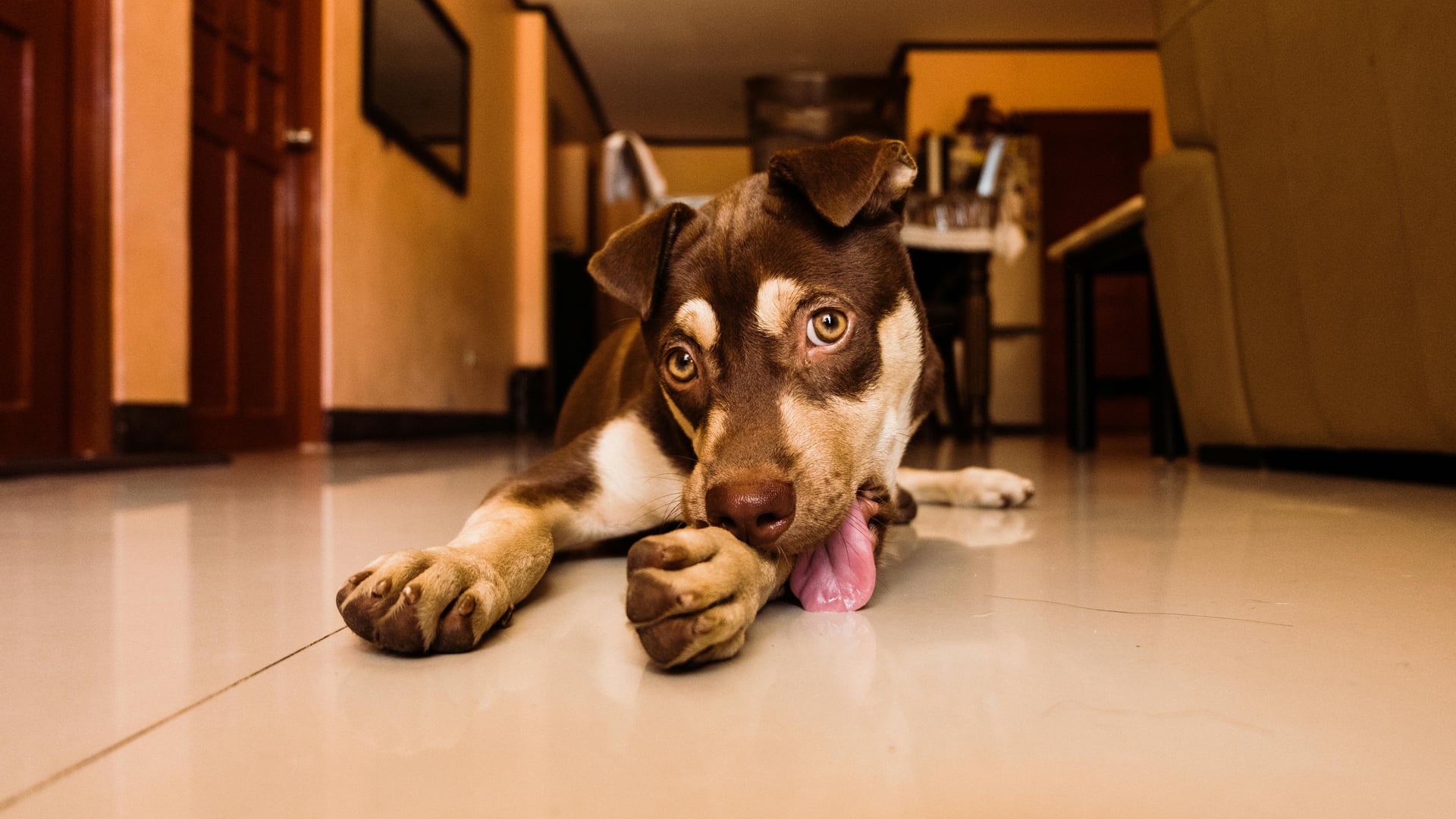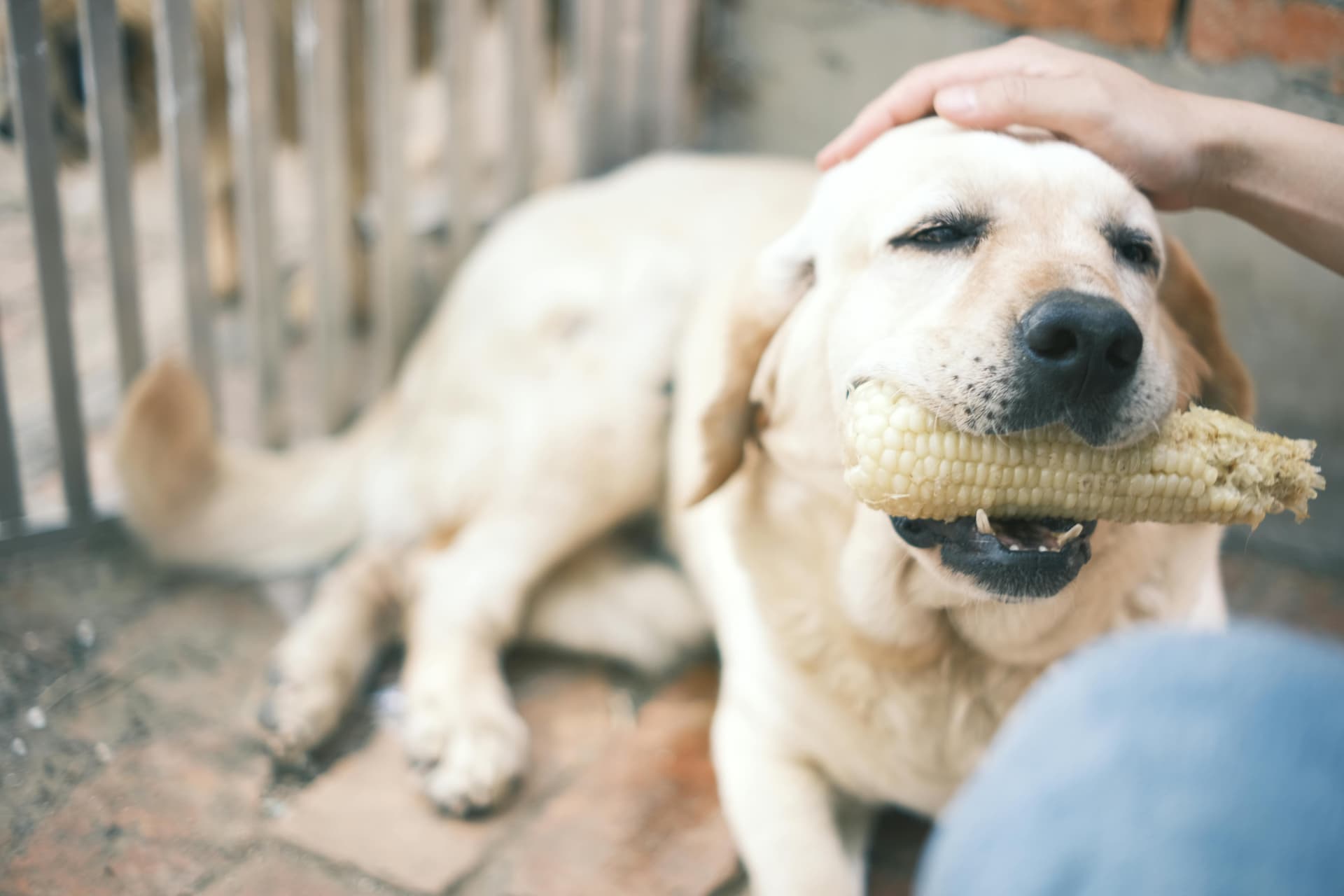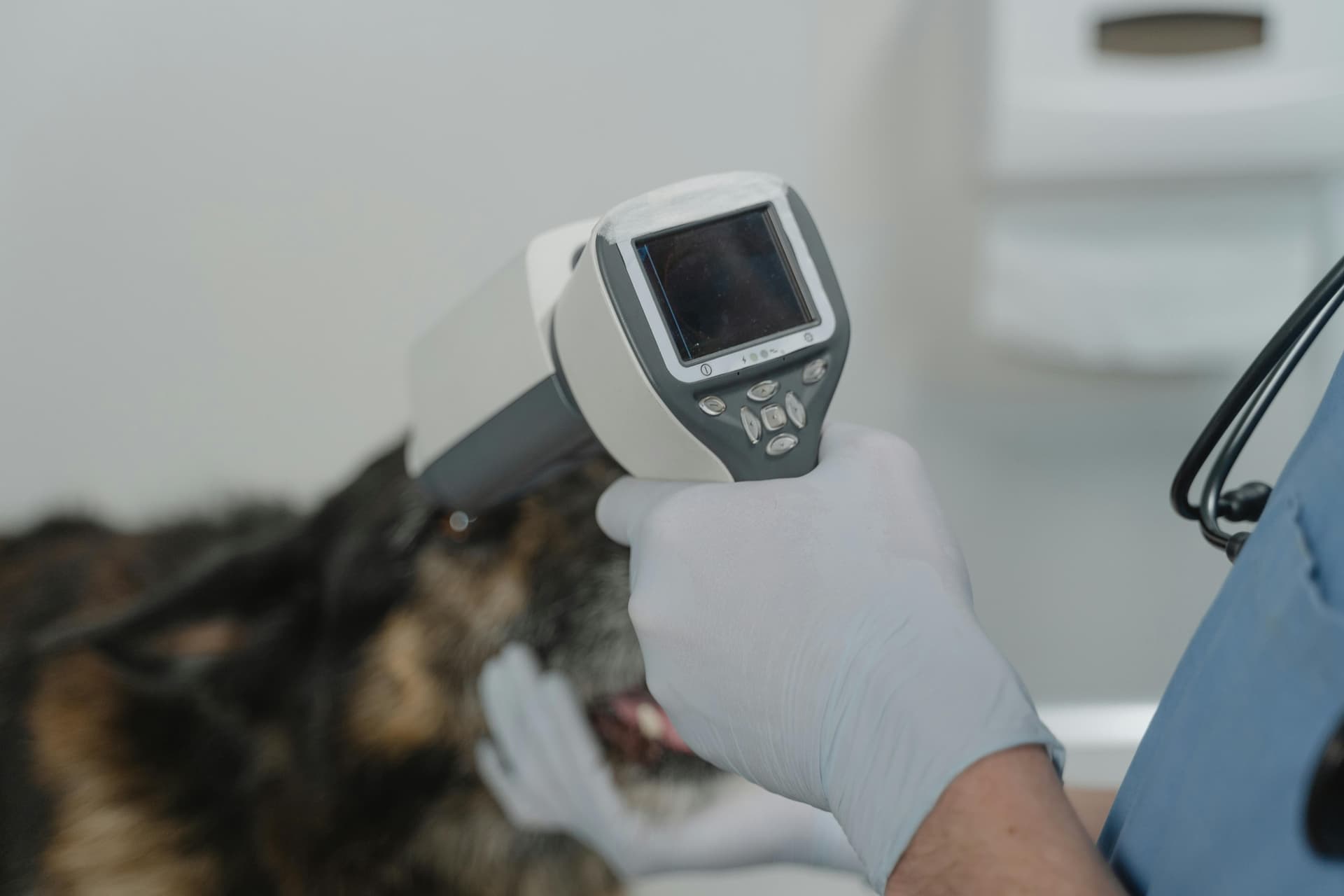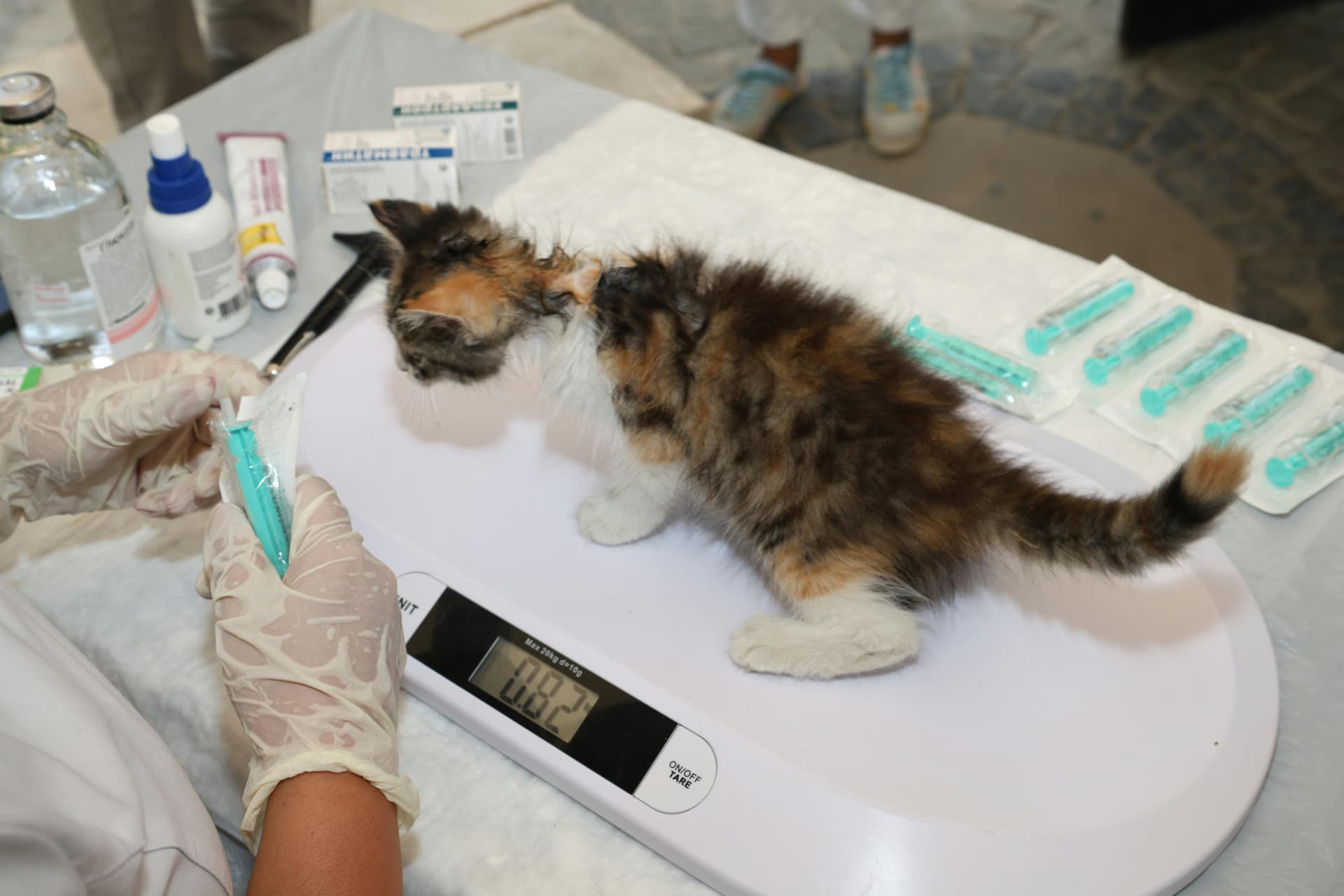Imagine watching your beloved dog, tail wagging, eyes bright, then suddenly spending minutes and minutes licking its paws. Your heart sinks. What started as a seemingly harmless habit could be a cry for help. At PetCoverage.ai, we help you decode these subtle signals before they turn into expensive emergencies. Because when your pet starts licking their paws, you might be standing at a crossroads: is it grooming, or something much more serious?
We provide free policy reviews, comparison tools, and expert guidance so you know exactly what your pet insurance does (and doesn’t) cover. Let’s dive into why dogs lick their paws, what you should watch for, and how to act fast.
1. Allergies: The Most Common Trigger
Allergies are the top cause of paw-licking in dogs. Studies show that up to 15 % of veterinary skin cases are linked to allergies. Allergens can come from grass, pollen, dust, or even food ingredients. When these irritants touch your dog’s paws, the body reacts with itching and inflammation, so your dog licks for relief.
Common signs:
Red or inflamed paw pads
Licking intensifies after walks or meals
Chewing or biting at toes
What you can do:
Rinse paws after every walk to remove pollen and dust.
Ask your vet about an elimination diet if food allergy is suspected.
Use hypoallergenic paw wipes or shampoos.
Brand insight: Allergy testing, medications, and prescription diets can cost hundreds. PetCoverage.ai helps you confirm whether your plan covers these treatments before you face the expense.
2. Infections: When Licking Becomes a Symptom
Excessive licking creates moisture, and moisture invites infection. Yeast or bacteria thrive between the toes, making the itch even worse. According to the American Kennel Club, untreated paw infections can spread quickly and lead to open sores, another common reason why dogs lick their paws persistently.
Signs of infection:
Swelling or redness between toes
Foul odor or discharge
Limping or licking one specific paw
How to help:
Dry paws thoroughly after walks.
Ask your vet about medicated soaks or ointments.
Keep nails trimmed to prevent further irritation.
Real-world case: A bulldog named Max developed chronic paw infections due to yeast buildup. His owner spent $1,200 on cultures, medications, and follow-ups, but thanks to pre-approved coverage verified through PetCoverage.ai, 80 % of costs were reimbursed.
3. Pain or Injury: Hidden Causes You Can’t See
Sometimes, why dogs lick their paws has nothing to do with skin or allergies. A splinter, cracked nail, or even joint pain can drive your dog to lick one paw obsessively. Dogs often lick their paws as a way to redirect discomfort when they’re hurt or sore.
Look for:
Licking one paw more than others
Limping or stiffness
Visible wounds, cuts, or swelling
Action steps:
Inspect each paw closely for debris or cracks.
If you find nothing but licking continues, schedule an orthopedic exam.
Use protective booties until the issue heals.
Brand tip:
Diagnostics like X-rays or pain-management therapy can add up fast. Check coverage for orthopedic conditions using PetCoverage.ai’s free policy review.

4. Parasites or Chemical Irritants
Another common cause of why dogs lick their paws is irritation from external factors. Fleas, mites, or harsh cleaning chemicals can cause discomfort. Even lawn fertilizers or road salts may burn delicate paw pads, leading to licking and inflammation.
Symptoms:
Paw chewing right after outdoor activity
Small red bumps or flakes between toes
Constant scratching or restlessness
How to prevent it:
Rinse or wipe paws after outdoor exposure.
Avoid walking on treated lawns or salted roads.
Maintain monthly flea and tick prevention.
Brand urgency:
If irritation progresses into infection, treatment may involve antibiotics or steroid therapy. PetCoverage.ai helps ensure you’re protected against both.
5. Behavioral or Stress-Related Licking
Sometimes why dogs lick their paws isn’t a physical issue, it’s emotional. Dogs may lick their paws to soothe anxiety, boredom, or stress. Over time, this habit can turn into a compulsive behavior, especially when left unaddressed.
Behavioral triggers:
Changes in environment or schedule
Separation anxiety
Lack of exercise or stimulation
Solutions:
Increase playtime and mental enrichment.
Offer chew toys or interactive puzzles.
Use positive reinforcement to redirect attention.
Case example: Luna, a border collie, began licking her paws daily after her owner returned to full-time work. With behavioral training and better daily structure, the licking stopped within two weeks, preventing what could have become a $900 dermatology visit.
Brand tie-in:
Behavior-driven licking can still lead to infections. That’s why having illness and injury coverage through PetCoverage.ai ensures you’re not paying twice, once emotionally, once financially.
6. Dry Skin and Environmental Conditions
Environmental factors also explain why dogs lick their paws. Low humidity, hot pavement, or frequent bathing can dry out paw pads, leading to cracks and irritation. Dogs instinctively lick to soothe discomfort, but this only worsens dryness and inflammation.
Prevention tips:
Use a vet-approved paw balm to moisturize pads.
Avoid walking on extremely hot or icy surfaces.
Limit shampooing to avoid stripping natural oils.
Brand insight:
Routine care is affordable, but paw injuries from cracks or burns can cost $500–$1,000 per treatment. PetCoverage.ai helps you stay ready for both scenarios.
When Paw-Licking Means “Emergency”
Call your vet immediately if you see any of these:
Persistent bleeding or raw, open sores
Continuous licking of one paw
Swelling, discharge, or limping
Loss of appetite or lethargy
These may indicate infection, nerve pain, or an obstruction, all of which can escalate within 24 hours. A covered emergency visit could save your dog’s paw—and your wallet.
Visit PetCoverage.ai today for a free coverage check. Don’t wait until a $200 exam turns into a $2,000 surgery.
Case Study
Client: “Bella”, a 5-year-old Labrador-mix
Issue: Repeated paw licking, then a small open sore developed between her pads
Diagnosis: Lick granuloma caused by underlying food allergy and secondary yeast infection
Treatment cost: ~$2,400 for allergy testing, diet overhaul and infection treatment
Coverage review: Owner used PetCoverage.ai’s free service before diagnosis. The claim was reimbursed smoothly and the vet’s recommended food was covered under plan’s “prescription diet” clause.
Outcome: Bella’s licking stopped within 6 weeks and no new breakouts for 12 months.

Frequently Asked Questions (FAQs)
1. Is occasional paw licking normal?
Yes, dogs often lick to clean their paws after walks or to remove debris. It becomes concerning when it turns frequent, focused or causes skin damage.
2. Can diet alone fix paw licking?
Not always. Diet may help if the cause is a food allergy, but if the issue is pain, infection or behavior, you’ll need additional care.
3. Will switching to a grain-free food stop the licking?
Not necessarily. Some dogs have protein or environmental allergies, not grain allergies. Always consult your vet before changing diet.
Key Takeaways
In wrapping up our deep dive into why dogs lick their paws, remember that paw-licking can range from harmless grooming to a sign of underlying issues, and your pet’s health (and budget) depend on your response.
See the signal early: Licking more than usual = time to act.
Know the root causes: Allergies, infection, pain, stress, irritants.
Be covered ahead of crisis: Use PetCoverage.ai to compare plans, check coverage and identify gaps.
We’ve covered how paw licking can start small but evolve into a major problem. Your pet’s comfort and your financial peace of mind deserve proactive care.
Ready to protect your pup and your wallet? VisitPetCoverage.ai now and start your free policy review today.






